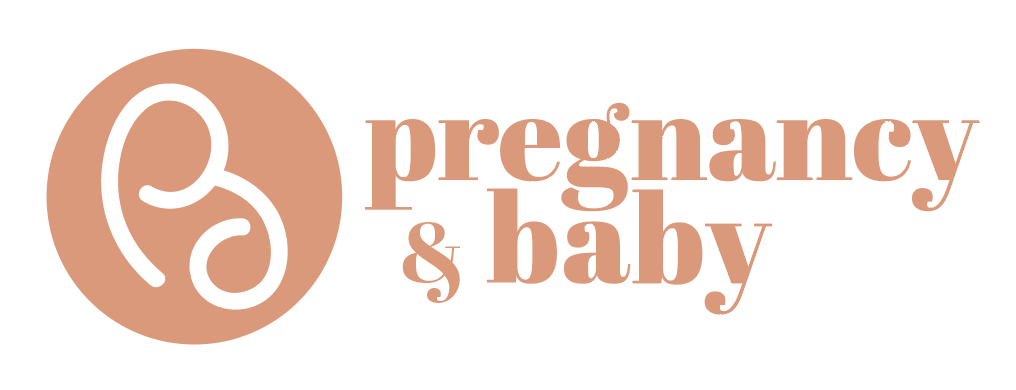

As part of the sleep training articles on Pregnancy & Baby (read The Basics of Sleep Training and Sleep Training: Fading Method) , we’re diving more in-depth into the Cry It Out (CIO) method; it actually existed way back in 1895, and was popularised by paediatrician Richard Ferber in 1985. The Ferber Method has gone through updates and revisions in 2006 to keep it up-to-date with more recent research findings.
Technically any sleep training method that allows baby to cry for a period of time before mum or dad starts giving comfort is considered to be CIO. The Ferber method (also known as Ferberisation) is just one of many, but we’ll be focusing on that in this article as Ferberisation is well-known and has enough guidelines to ensure that baby’s emotional well-being is still kept safe.
There’s quite a lot of misunderstanding over the Ferber method as parents tend to focus too much on the CIO portion of the method, giving it a bad reputation. However, the Ferber method also discusses sleep stages, developing sleep associations and a bedtime routine, amongst other useful points to help baby achieve easier sleep.
So, what is the Ferber Method?
Dr. Ferber believes that every child is able to learn how soothe themselves to sleep when they’re physically and emotionally ready, which is usually when they’re around 4 to 5 months old.
The recommendation is to follow an established bedtime routine before putting baby in their bed while they’re awake and leaving them for gradually longer periods of time, even if they’re crying. The key point is to do it while baby is still awake, because this is important to teaching them to fall asleep on their own!
The idea is that if baby is used to having you rock or soothe them to sleep, they’ll rely on you to put them back to sleep even at night when they wake up. However, if baby learns how to soothe themselves to sleep, they’ll also be able to do the same if they wake up at night!
Here’s an example of a plan for a timed check-in:
|
Night |
First interval (for checking and soothing baby) |
Second interval |
Third interval |
Remaining intervals |
|
1 |
3 mins |
5 mins |
10 mins |
10 mins |
|
2 |
5 mins |
10 mins |
12 mins |
12 mins |
|
3 |
10 mins |
12 mins |
15 mins |
15 mins |
|
4 |
12 mins |
15 mins |
17 mins |
17 mins |
|
5 |
15 mins |
17 mins |
20 mins |
20 mins |
|
6 |
17 mins |
20 mins |
25 mins |
25 mins |
|
7 |
20 mins |
25 mins |
30 mins |
30 mins |
Doing this in just 7 nights feels like a bit of a rush isn’t it? Don’t worry, that table is just an example of what you can do! Pay more attention to the interval timings rather than the progression of the nights.
Babies are all different, and you’re definitely able to adapt the Ferber method to suit your needs and circumstances. You can choose to increase the interval times between checking-in on baby, or you can also use the same check-in intervals for several days at a time, if you feel like your child needs more time to get used to falling asleep on their own.
Continue reading on the next page...
Mythbusting: Ferber method
Myth #1: Letting baby cry it out all alone in their crib until they fall asleep.
Fact: Leaving baby alone and shutting the door is not what Ferber recommends! You’ll still soothe them, but at gradually increasing intervals over time. Not only will you reassure them that it’s all right with your presence, you’re also reassuring yourself that baby is doing fine too.
Myth #2: Ferber says that his method will work quickly and easily for everyone.
Fact: Ferber never claimed that it was easy; he believes that it’s an effective method that could take some time to work. His book has plenty of suggestions about what to do if the method isn’t working.
Myth #3: You cannot deviate from baby’s sleep schedule.
Fact: Of course you can! It’s not ideal, as a specific sleep schedule is fundamental for the Ferber method, but circumstances (e.g. baby falling sick) arise all the time to mess with baby’s sleep schedule. Try your best to keep the method going after baby recovers, and you’ll definitely see results!
Pregnancy and Baby Singapore provides you with the latest news and practical tips to help you in your parenting journey. For more tips on your pregnancy and baby in Singapore, subscribe to our mailing list and like us on Facebook, to receive new articles for mummies like you every week!
Copyrighted Pregnancy & Baby by Mummys Market 2019


